Key Takeaways
- Yellow jackets are most numerous and aggressive from late summer to early fall.
- Remove attractants immediately and avoid disturbing active nests.
- DIY nest removal requires caution, protective gear, and night time treatments.
- Professional pest control is safer and recommended for indoor or complex infestations.
- Regular property maintenance and preventive measures help reduce future yellow jacket issues.
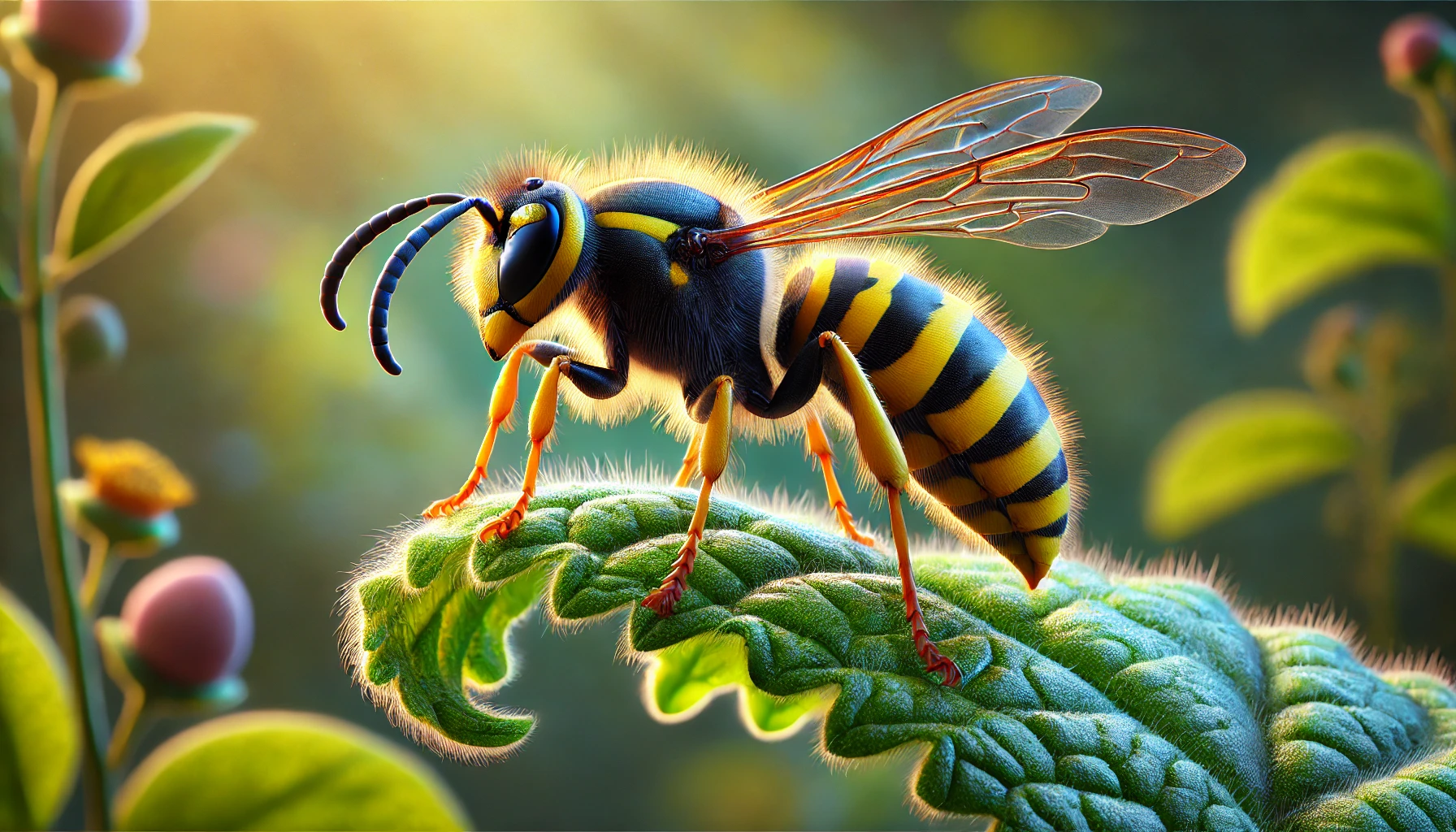 Encountering a large number of yellow jackets around your home can be alarming and can be in potential dangerous situation. These aggressive wasps, identified by their black and yellow striped bodies, are common across the United States and are especially problematic from late summer through early fall.
Encountering a large number of yellow jackets around your home can be alarming and can be in potential dangerous situation. These aggressive wasps, identified by their black and yellow striped bodies, are common across the United States and are especially problematic from late summer through early fall.
Knowing how to respond safely and effectively to a sudden influx of yellow jackets is crucial to preventing painful stings and protecting your family.
Why Am I Seeing So Many Yellow Jackets?
Yellow jackets are social wasps group that live in specific colonies, which expand rapidly through summer. A noticeable increase in their numbers typically occurs because:- The colony has reached its peak population, usually between late August and October.
- Food scarcity in late summer pushes them toward human-inhabited areas seeking sugars and proteins.
- There might be an active nest nearby, possibly underground, in walls, attics, or dense bushes.
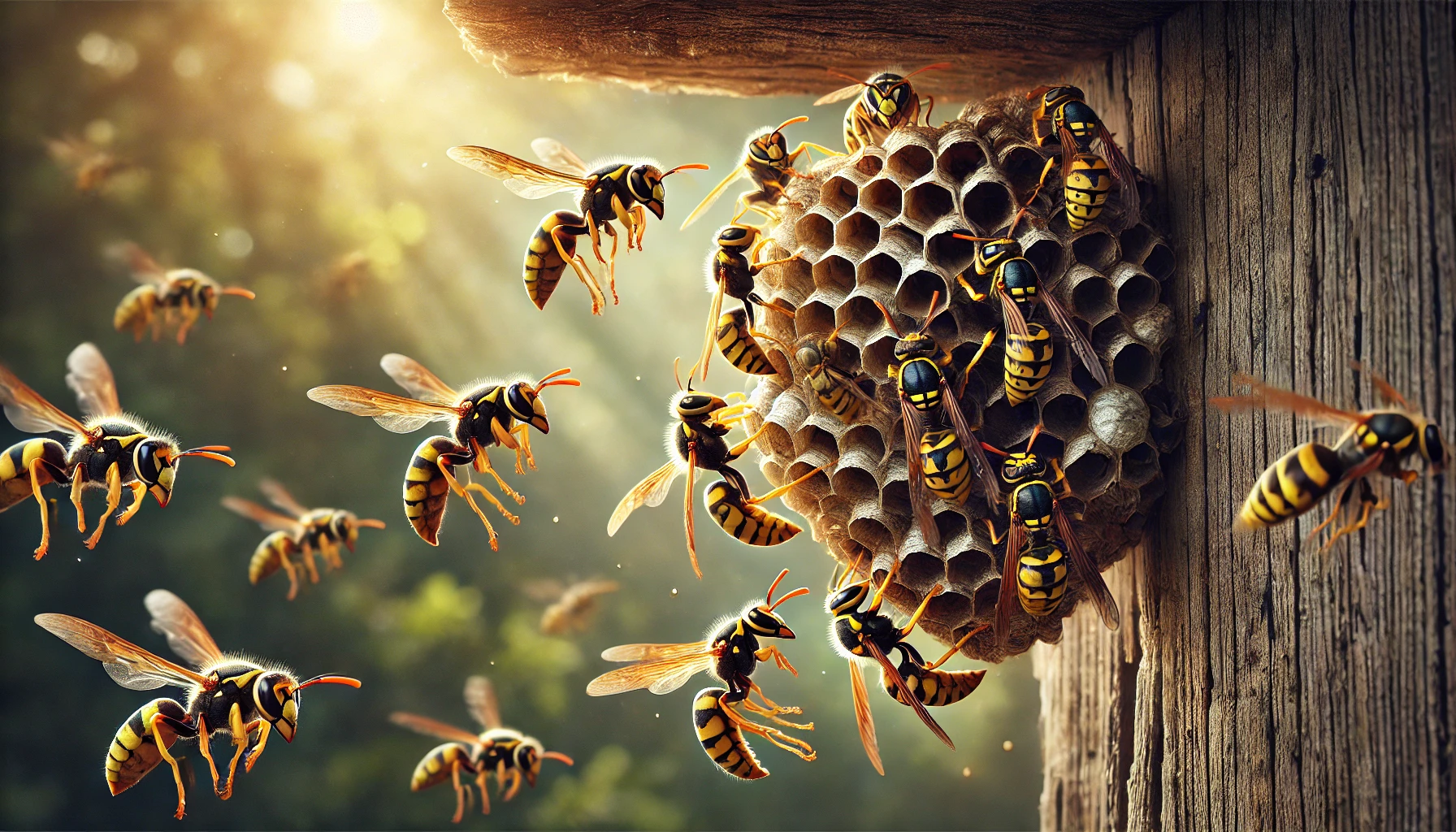

Not getting a solution?
Get your free pest control estimate today!Responsive Actions to Take When You See Many Yellow Jackets
If you have now encountered a large number of yellow jackets, your first step is to prioritize immediate safety actions, which are the following: 1. Remain Calm and Move Slowly Quick or sudden movements can provoke aggressive responses. Slowly back away from the area to prevent being stung. 2. Identify and Avoid the Nest Area Then observe from a distance to locate the entrance of the nest, which is identified by persistent wasp traffic to and from a specific spot. 3. Keep Food and Trash Covered Immediately remove any open food sources, including pet food, soda cans, fruits, and garbage. Seal trash containers tightly to discourage yellow jackets from lingering. 4. Secure Indoor Spaces Close windows, doors, and screens to ensure wasps don’t enter indoor living spaces.How to Locate a Yellow Jacket Nest in a Safe Manner
- Locating the nest in a safe manner is very crucial for addressing the infestation:
-
Track Flight Patterns: Observe wasps from a distance during daylight. They follow direct flight paths between food sources and the nest.
-
Common Nesting Sites: Check underground holes, bushes, wall voids, attic spaces, and hollow logs to identify potential nest locations.
-
Mark the Location: Safely mark or note the nest site clearly without approaching too closely to avoid provoking the colony.
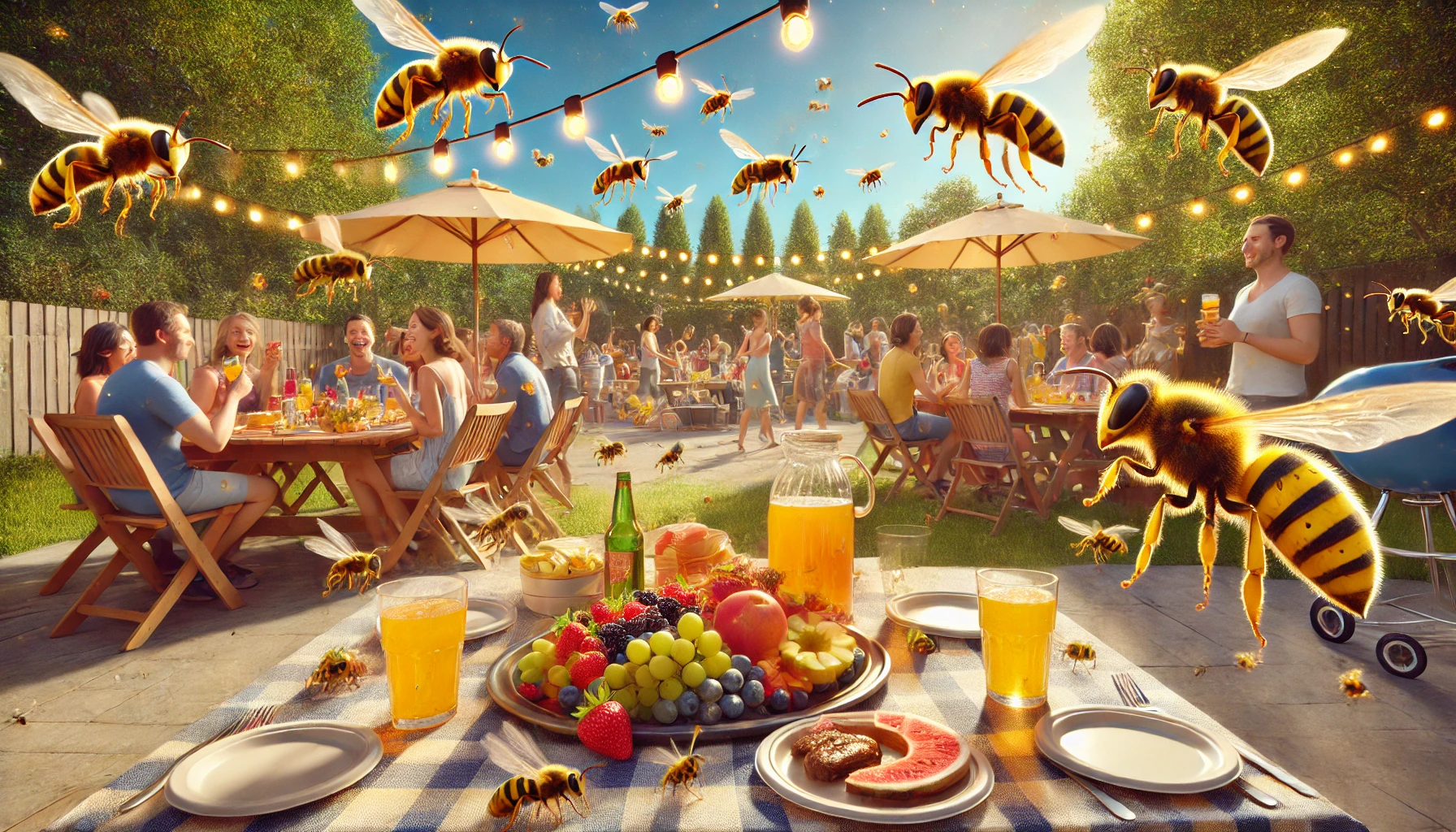
Risks Associated with Large Yellow Jacket Populations
- A significant number of yellow jackets near homes poses real risks, including:
-
Aggressive Defense Behavior: Yellow jackets can become aggressive if they sense their nest is threatened, attacking and stinging multiple times.
-
Allergic Reactions: Multiple stings increase the risk of severe allergic reactions, which may require immediate medical attention.
-
Structural Damage: Nests built inside walls or attics can cause structural issues over time as colonies expand, weakening the affected areas.
How to Safely Remove Yellow Jacket Nests
Once the nest is identified, you must decide between DIY removal or calling a pest control professional: DIY Nest Removal If choosing DIY:- Wait until nightfall when wasps are least active.
- Wear protective clothing (thick gloves, long sleeves, pants, and a face cover).
- Use specialized wasp insecticide sprays, applying them directly to the nest entrance.
- Keep a safe retreat path clear and never block nest entrances prematurely, as this may push wasps into your home.
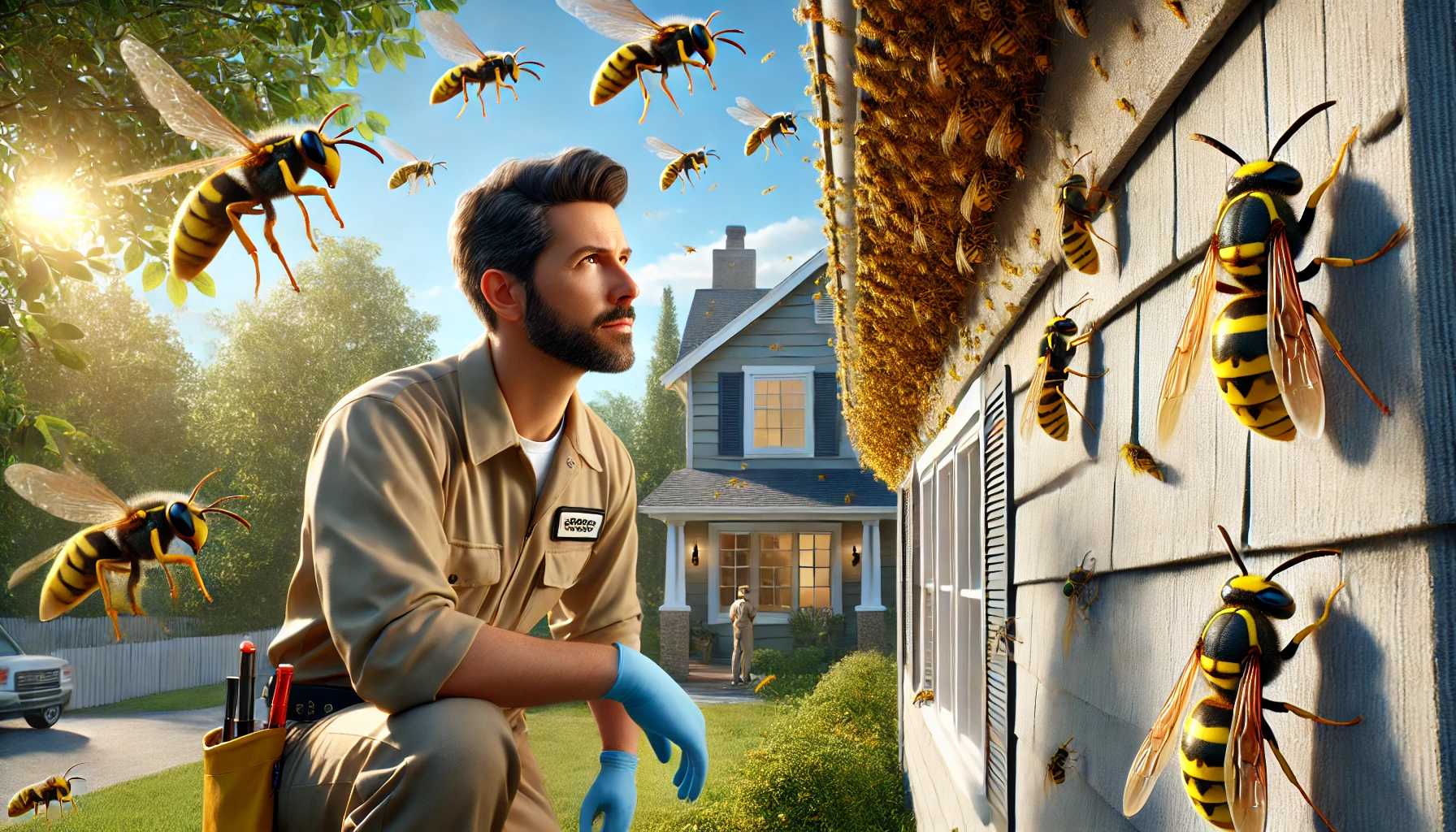
When to Call a Professional
Professional pest control is recommended if:- The nest is located indoors (walls, attic) or in difficult-to-access locations.
- You or someone in your household has known allergies to insect stings.
- The infestation involves a large, well-established colony.
Preventing Future Yellow Jacket Infestations
To minimize the likelihood of future encounters with large numbers of yellow jackets:- Regularly inspect your property, especially in spring, to identify and eliminate early-stage nests.
- Seal potential nesting sites around your home, such as cracks in walls, eaves, and siding.
- Keep outdoor areas clean and free of food waste or sugary substances that attract wasps.
- Set traps early in the summer season to capture foraging yellow jackets before they establish colonies.
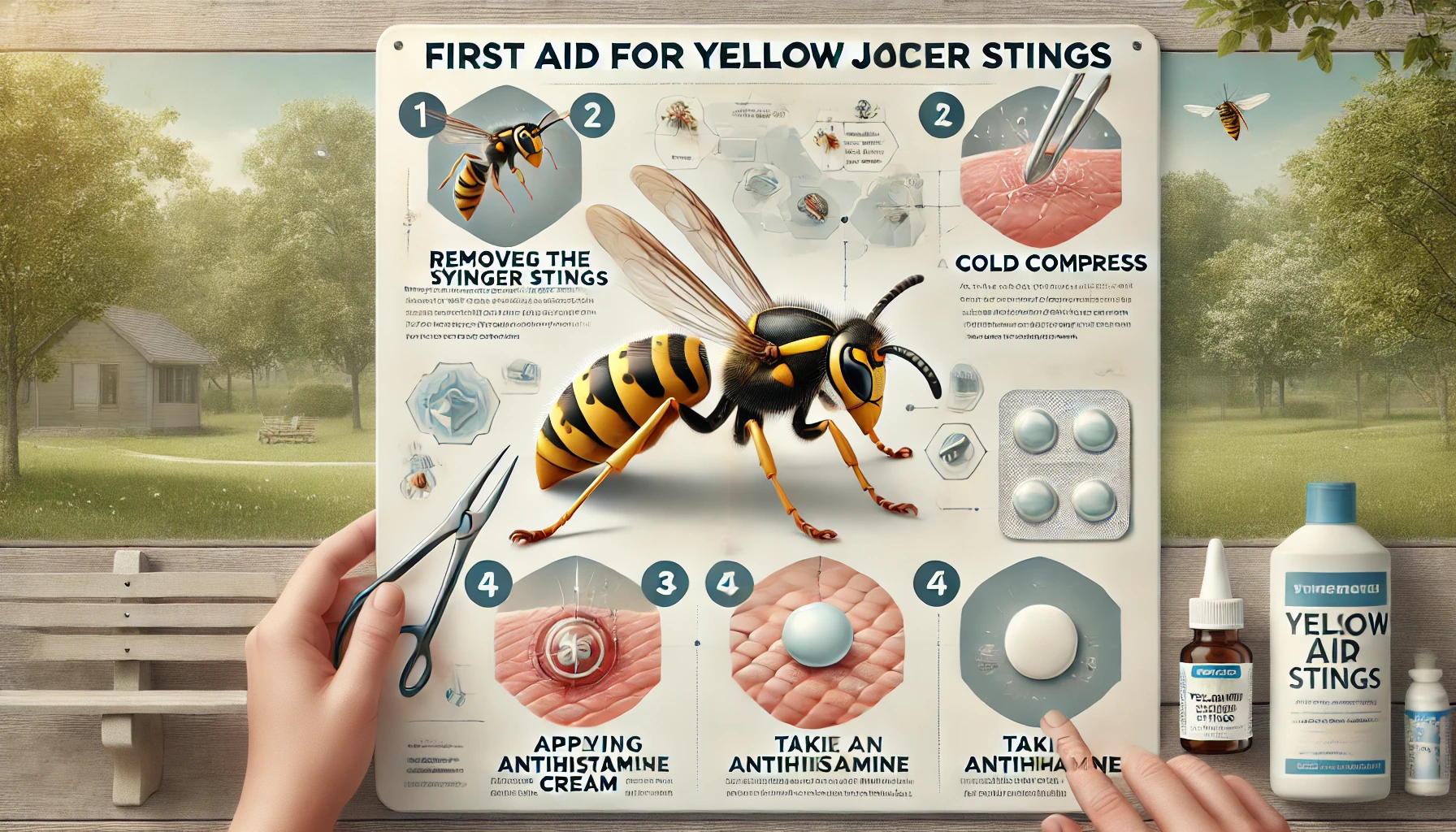 By proactively managing your environment, you significantly reduce the chances of future problems.
By proactively managing your environment, you significantly reduce the chances of future problems.
If you feel things have gone out of control, it is advised to contact pest control professionals. Our team can provide a customized approach to protect your home effectively.
Visit our Species, Control, and DIY Guide sections for additional resources on yellow jacket and ways to tackle a yellow jacket infestation.





